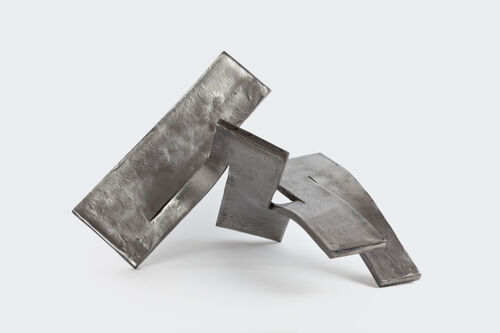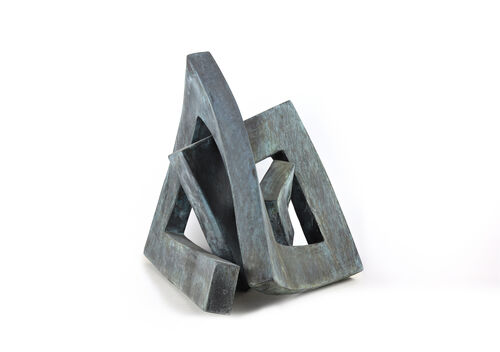- Art.Salon
- Artists
- William Curtis
- Flora Londinensis, London, 1777-1798, 3 volumes, later half calf
William Curtis
Flora Londinensis, London, 1777-1798, 3 volumes, later half calf
Found at
Sothebys,
London
The Library of Henry Rogers Broughton, 2nd Baron Fairhaven Part I, Lot 52
6. May - 18. May 2022
The Library of Henry Rogers Broughton, 2nd Baron Fairhaven Part I, Lot 52
6. May - 18. May 2022
Estimate: 4.000 - 5.000 GBP
Price realised: 5.292 GBP
Price realised: 5.292 GBP
Description
William Curtis
Flora Londinensis: or plates and descriptions of such plants as grow wild in the environs of London: with their places of growth, and times of flowering: their several names according to Linnaeus and other authors: with a particular description of each plant in Latin and English. London: the author and B. White, 1777-1798
3 volumes, folio (468 x 277mm.), engraved vignette on title-page, list of subscribers, 432 (141+149+142) hand-coloured engraved plates each with facing letterpress description, manuscript plate numbering in each volume, later half morocco, small ink stain on plate 89 of volume 2 (Lysimachia nummularia) and previous text leaf, small tear at head of text leaf for plate 18 in volume 3 (Primula farinosa)
FIRST EDITION. A substantial survey of native plants and fungi within a ten-mile radius of London, which paid close attention to the characteristics of each plant in order to classify them correctly. Many of the plates show the details of the plant at each stage of its growth and development, rather than a snapshot at one particular stage.
Curtis (1746-1799) trained as an apothecary and was working at the Chelsea Physic Garden when he began publishing this monumental work on local flora. It was issued in parts from 1775 onwards and subsequently sold in volumes provided with title-pages, as here, either in two or three volumes. It proved something of a financial burden to Curtis so he then started his Botanical Magazine in 1787 which focussed on more ornamental and imported plants for gardeners.
The fine plates are by Francis Sansom, James Sowerby, William Kilburn and Sydenham Edwards; Curtis specified that they should be drawn life size.
LITERATURE:
Cleveland Herbal 532; ESTC T83980; Henrey 595; Nissen BBI 440
PROVENANCE: John Thornton Rogers (1834-1900, son of the naturalist John Rogers), of Sevenoaks, armorial bookplate, and manuscript note "Given to J.T.R. by E. Herries 1897 from the St Julian's Library" (St Julian's is also in Sevenoaks)
Flora Londinensis: or plates and descriptions of such plants as grow wild in the environs of London: with their places of growth, and times of flowering: their several names according to Linnaeus and other authors: with a particular description of each plant in Latin and English. London: the author and B. White, 1777-1798
3 volumes, folio (468 x 277mm.), engraved vignette on title-page, list of subscribers, 432 (141+149+142) hand-coloured engraved plates each with facing letterpress description, manuscript plate numbering in each volume, later half morocco, small ink stain on plate 89 of volume 2 (Lysimachia nummularia) and previous text leaf, small tear at head of text leaf for plate 18 in volume 3 (Primula farinosa)
FIRST EDITION. A substantial survey of native plants and fungi within a ten-mile radius of London, which paid close attention to the characteristics of each plant in order to classify them correctly. Many of the plates show the details of the plant at each stage of its growth and development, rather than a snapshot at one particular stage.
Curtis (1746-1799) trained as an apothecary and was working at the Chelsea Physic Garden when he began publishing this monumental work on local flora. It was issued in parts from 1775 onwards and subsequently sold in volumes provided with title-pages, as here, either in two or three volumes. It proved something of a financial burden to Curtis so he then started his Botanical Magazine in 1787 which focussed on more ornamental and imported plants for gardeners.
The fine plates are by Francis Sansom, James Sowerby, William Kilburn and Sydenham Edwards; Curtis specified that they should be drawn life size.
LITERATURE:
Cleveland Herbal 532; ESTC T83980; Henrey 595; Nissen BBI 440
PROVENANCE: John Thornton Rogers (1834-1900, son of the naturalist John Rogers), of Sevenoaks, armorial bookplate, and manuscript note "Given to J.T.R. by E. Herries 1897 from the St Julian's Library" (St Julian's is also in Sevenoaks)
A top price for William Curtis
The work Flora Londinensis, London, 1777-1798, 3 volumes, later half calf by William Curtis was auctioned at Sothebys in London in May last year. Here, the upper estimate of GBP 5,000.00 was slightly exceeded - the artwork found a new owner for GBP 5,292.00 (€ 6,225.53). With this result, Flora Londinensis, London, 1777-1798, 3 volumes, later half calf is even the most expensive work of art by William Curtis that we have observed at auctions so far.
Ein Spitzenpreis für William Curtis
Die Arbeit Flora Londinensis, London, 1777-1798, 3 volumes, later half calf von William Curtis kam im Mai letzten Jahres bei Sothebys in London zur Auktion. Dabei wurde der obere Schätzpreis von GBP 5.000,00 leicht übertroffen – das Kunstwerk fand für GBP 5.292,00 (€ 6.225,53) einen neuen Besitzer. Mit diesem Ergebnis ist Flora Londinensis, London, 1777-1798, 3 volumes, later half calf sogar das teuerste Kunstwerk von William Curtis, das wir bisher bei Auktionen beobachtet haben.










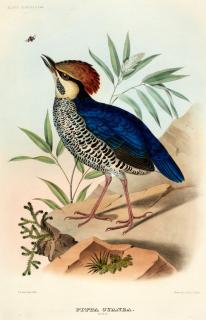
![Henry Andrews - The botanist\'s repository, London, 1797 [-1812], 10 volumes, green armorial morocco gilt](/images/henry-andrews_the-botanists-repository-london-1797-1812-10-volumes-green-armorial-morocco-gilt_AID711766_320x320.jpg)
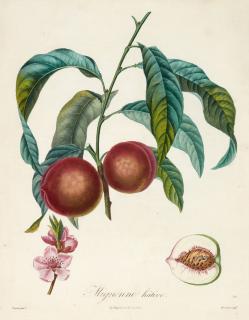




![Eleazar Albin - A natural history of birds [and] A natural history of English insects, 1738-1749, 4 volumes, contemporary calf](/images/eleazar-albin_a-natural-history-of-birds-and-a-natural-history-of-english-insects-1738-1749-4-volumes-contemporary-calf_AID711744_320x320.jpg)




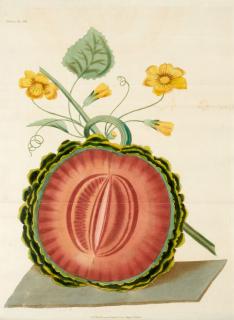


![Louis Jean Pierre Vieillot - Histoire Naturelle des Oiseaux de l\'Amerique Septentrionale, Paris, 1807 [-1808], 2 volumes](/images/louis-jean-pierre-vieillot_histoire-naturelle-des-oiseaux-de-lamerique-septentrionale-paris-1807-1808-2-volumes_AID711708_320x320.jpg)


![Johann Conrad Susemihl - Teutsche Ornithologie, [Darmstadt, 1837-1841], 2 volumes](/images/johann-conrad-susemihl_teutsche-ornithologie-darmstadt-1837-1841-2-volumes_AID711695_320x320.jpg)




![Thomas Rowlandson - Loyal Volunteers of London & Environs... [London, 1799]](/images/thomas-rowlandson_loyal-volunteers-of-london-environs-london-1799_AID711663_320x320.jpg)




![Pierre-Joseph Redouté - An album of botanical engravings, [no date]](/images/pierre-joseph-redoute_an-album-of-botanical-engravings-no-date_AID711647_320x320.jpg)
















